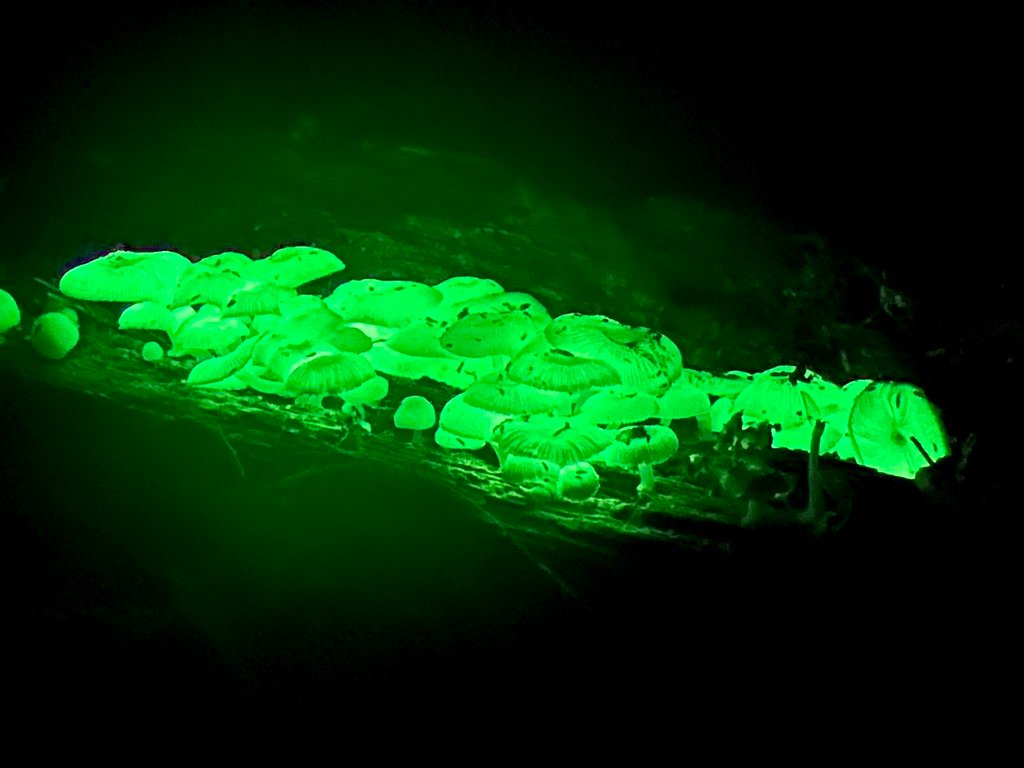Have you ever wondered what makes certain forests shimmer with an ethereal green glow after a heavy rainfall? This isn’t magic or folklore, but a fascinating phenomenon that occurs when specific fungi activate their bioluminescent properties in response to moisture. After rainstorms, particularly in tropical regions, you might witness what looks like scattered emeralds glowing softly from decaying wood and forest debris.
The abundance of bioluminescent fungi is influenced by humidity, temperature, exposure to light, and the presence of streams. When rain saturates these environments, it creates perfect conditions for these remarkable organisms to display their natural light show. Scientists have discovered that this phenomenon represents one of nature’s most mysterious evolutionary adaptations, with implications far beyond simple beauty. Let’s explore the scientific secrets behind these glowing forests and understand what mycologists have learned about this captivating natural phenomenon.
The Science Behind Fungal Light Production
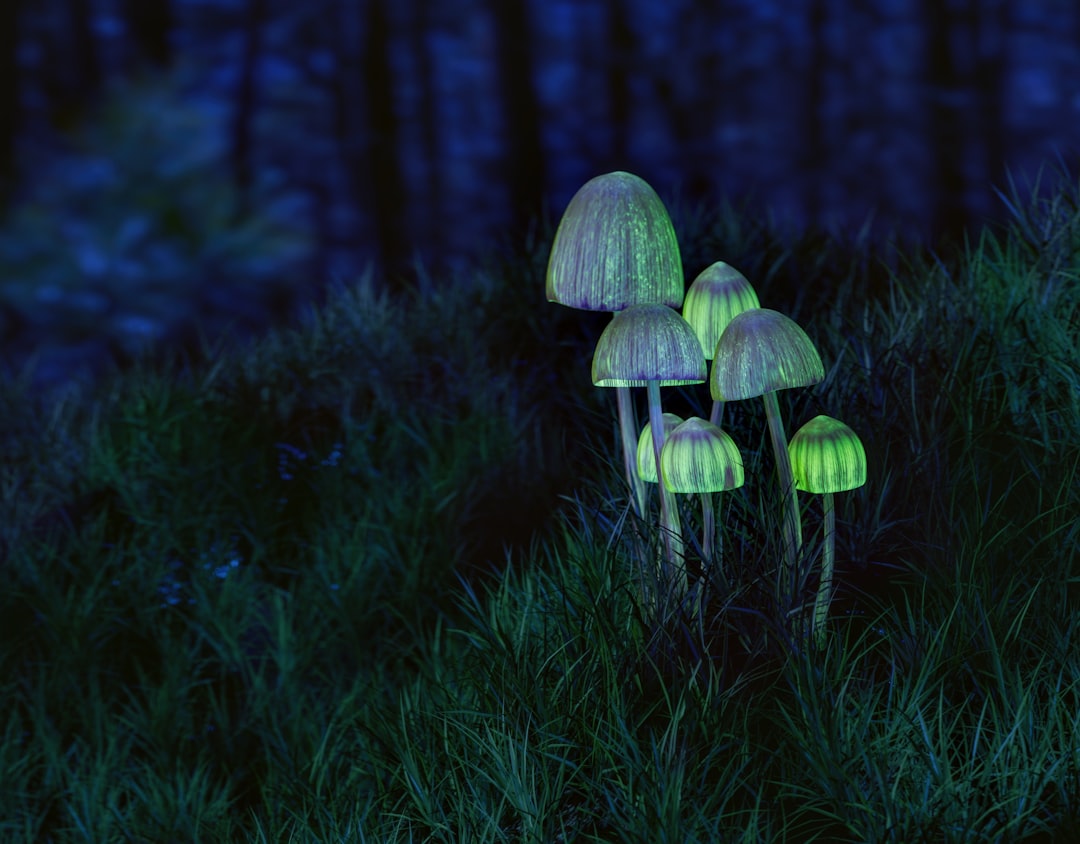
Bioluminescence in fungi is an oxygen-dependent reaction involving substrates generically termed luciferans, which is catalyzed by one or more enzymes referred to as luciferases. The basic mechanism mirrors other bioluminescent organisms, but fungi have their own unique twist on this ancient biological process.
Light emission results from the chemical oxidation of a luciferin substrate catalyzed by a luciferase enzyme, with the luciferin reacting with molecular oxygen to give a high-energy intermediate whose decomposition releases enough energy to produce the emitter oxyluciferin in the singlet electronically excited state. When these excited molecules return to their ground state, they release energy as visible light.
The luciferin reacts with luciferase in the presence of molecular oxygen, producing oxyluciferin (caffeylpyruvate) and a photon of light at 530 nm. This specific wavelength gives fungal bioluminescence its characteristic greenish hue, easily distinguishable from other forms of biological light.
Rain’s Role in Triggering Bioluminescence

Rain provides the moisture spores and mycelium need to germinate and fruit, with water rehydrating dormant spores, activating mycelial growth, and softening organic matter, triggering rapid mushroom emergence. Moisture acts as a crucial catalyst that awakens dormant fungal networks throughout the forest ecosystem.
The mushrooms react enthusiastically to the first phase of the summer monsoon rains, demonstrating how precipitation serves as a primary environmental trigger. The relationship between humidity and fungal activity becomes particularly pronounced during extended rainy periods.
The presence of streams and high humidity explains the distribution of bioluminescence fungi, with soil type as the most important variable in determining their abundance. Rain creates microenvironments where moisture persists long enough to support the metabolic processes necessary for sustained light production.
The Caffeic Acid Cycle: Nature’s Light Factory
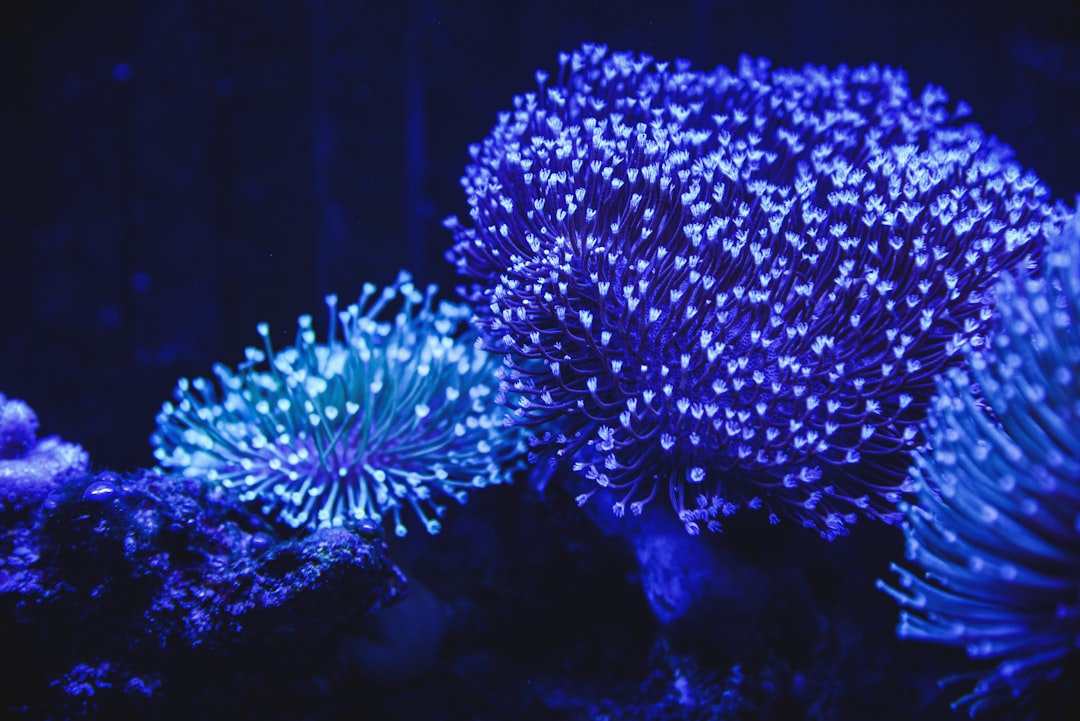
Researchers identified the fungal luciferase and three additional key enzymes that form a biosynthetic cycle, the Caffeic Acid Cycle (CAC), to produce the fungal luciferin, 3-hydroxyhispidin, via the oxidation of the widespread plant and fungal metabolite caffeic acid. This cycle represents a sophisticated biochemical pathway that transforms common plant compounds into light-producing substrates.
The caffeic acid cycle consists of three stages: Stage 1 is the biosynthesis stage from caffeic acid to 3-hydroxyhispidin (luciferin), Stage 2 is the bioluminescence stage from luciferin to caffeoyl pyruvate (oxidized luciferin), and Stage 3 is the regeneration stage of caffeic acid from oxidized luciferin. This cyclical process ensures sustainable light production over extended periods.
The bioluminescent fungi maintain stable bioluminescence by continuously synthesizing luciferin through this cycle of synthesizing luciferin composed of biosynthesis, luminescence process, and regeneration stages. This continuous cycle explains how fungi can maintain their glow for days after initial activation.
Global Distribution of Glowing Fungi
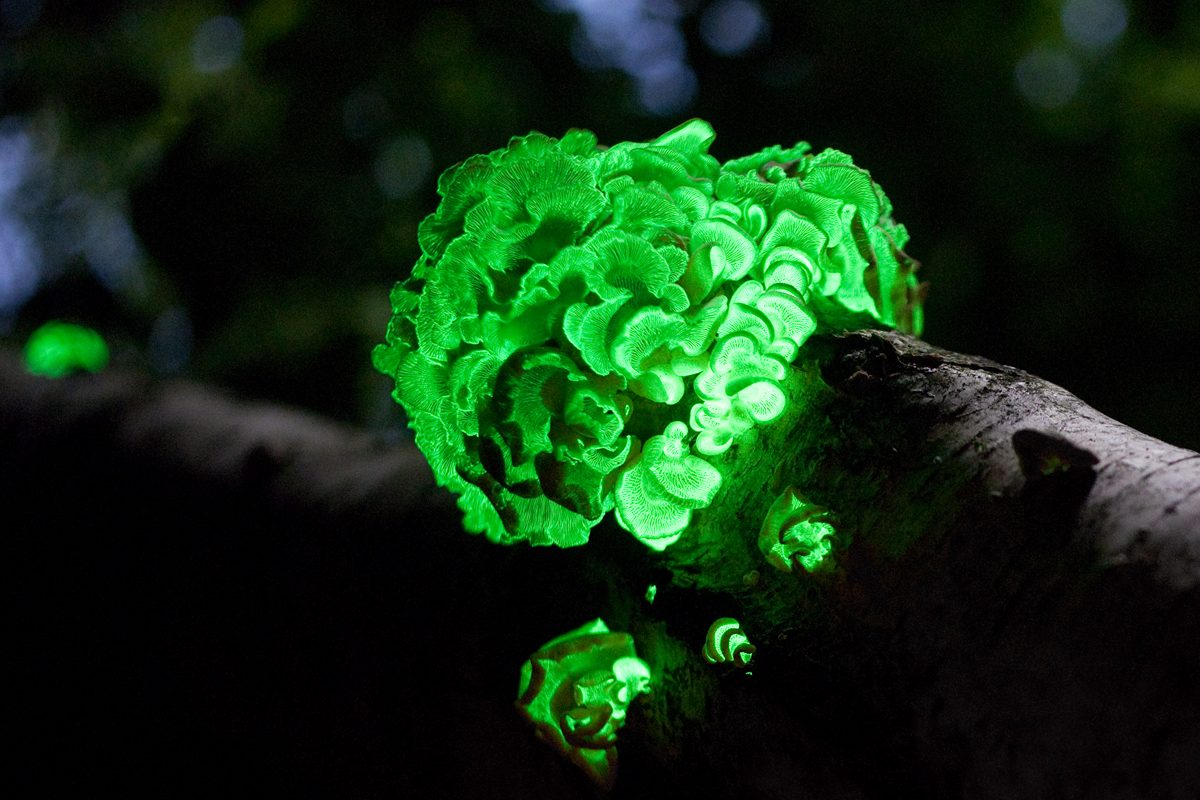
There are approximately 80-100 known species of bioluminescent fungi found largely in temperate and tropical climates, all belonging to the order Agaricales with mushroom-forming, white-spored agarics belonging to four distinct evolutionary lineages. These organisms have evolved independently multiple times throughout fungal evolution.
The tropics are the best place to see bioluminescent fungi, with Brazil, Southeast Asia and Australia being particularly good places with a variety of luminescent mushroom species during new moon nights in the rainy season. Geographic distribution closely correlates with consistent moisture and warm temperatures.
Current research indicates approximately 80-100 reported bioluminescent fungi from five distinct evolutionary lineages worldwide – Armillaria, Eoscyphella, Lucentipes, Mycenoid, and Omphalotus – mainly in tropical and subtropical areas. The recent discoveries continue to expand our understanding of these remarkable organisms’ global presence.
Why Do Fungi Glow? Evolutionary Advantages

In the dark beneath closed tropical forest canopies, bioluminescent fruit bodies may be at an advantage by attracting grazing animals (including insects and other arthropods) that could help disperse their spores. This spore dispersal hypothesis represents one of the leading theories for bioluminescence evolution.
A 2015 study showed that bioluminescence in Neonothopanus gardneri is under the control of a circadian clock, with the activity of the enzymes involved in producing light peaking at night, and this regulation implies that the lights serve a purpose. The timing mechanism suggests an adaptive function rather than mere metabolic byproduct.
Bioluminescence is an oxygen-dependent metabolic process and therefore may provide antioxidant protection against the potentially damaging effects of reactive oxygen species produced during wood decay, with luciferins acting as antioxidants protecting the organism from harmful effects of ROS. This protective function could be the primary evolutionary driver.
Ecological Relationships in Wet Environments
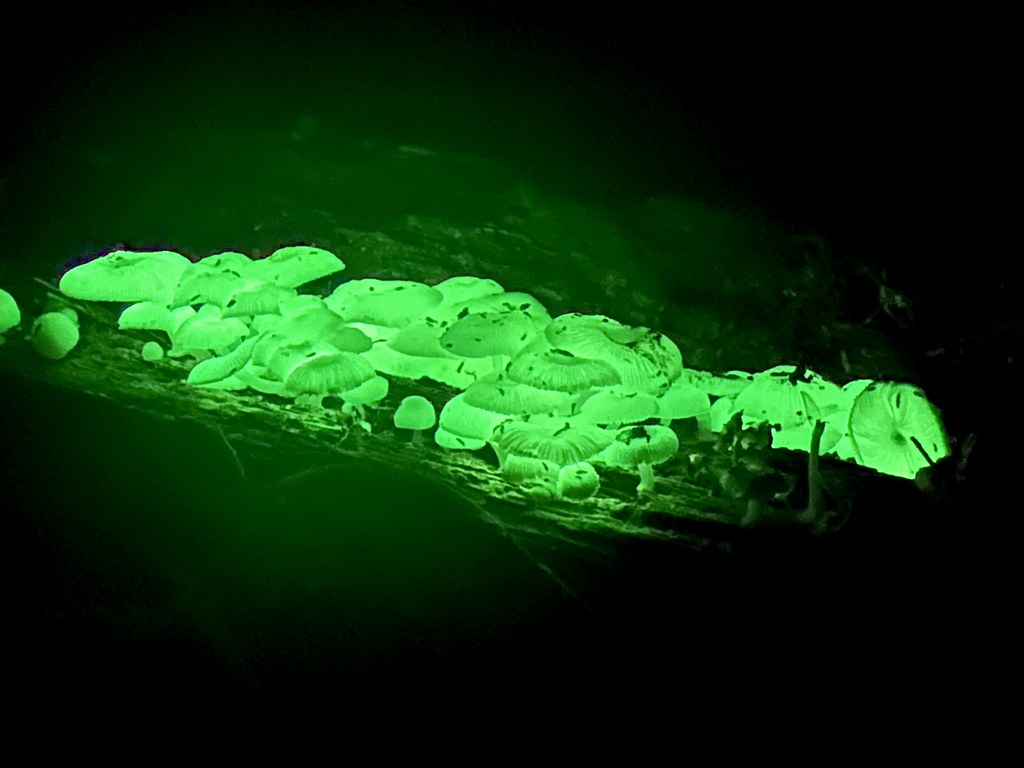
All known luminescent species are white rot fungi capable of breaking down lignin, found in abundance in wood, and all known glowing mushrooms are wood decayers that can digest lignin. This specialization connects bioluminescence directly to decomposition processes in forest ecosystems.
All bio-luminescent mushrooms are white rot fungi which break down lignin in wood, and it is speculated that in the enzymatic process of breaking down lignin bioluminescence could be a by-product. The connection between wood decay and light production suggests an intricate relationship between metabolic function and bioluminescence.
Fungi were found in four different substrates: litter, fallen branches, dead trunks, and roots, with the two transects having the highest frequency of fungi having fertile soils, creating higher probability of increased diversity of woody plants. Substrate diversity directly influences bioluminescent fungal abundance and distribution patterns.
Observing Bioluminescent Fungi in Nature

The light emitted by fungi is often quite faint and typically requires very dark conditions to see, requiring several minutes for vision to adapt to the dark before perceiving the faint light these cultures produce. Successful observation demands patience and proper conditions for optimal viewing.
Finding these glowing jewels in the dark of night is an indescribable feeling, with bio-luminescent caps and gills lasting under normal conditions for about 3 days. The ephemeral nature of the display makes timing crucial for witnessing this natural phenomenon.
Many mushrooms can appear within 24–72 hours after sufficient rain, depending on species, temperature, and available organic material, with some species fruiting almost overnight. Understanding these timing patterns helps predict when and where bioluminescent displays will occur.
Future Research and Applications

Scientists have reconstituted a fungal bioluminescence pathway in plants using a composable toolbox of parts, demonstrating that the pathway can create luminescence across various tissues without external substrate addition and can be used to build auto-luminescent reporters. These breakthrough applications open new possibilities for biotechnology and synthetic biology.
Once the compounds and their corresponding genes are known, scientists will be able to search for their presence in other fungi, further illuminating the evolutionary pathway of bioluminescence, with mycologist Dr. Dennis Desjardin having discovered numerous new species of fungi and nearly a quarter of all glowing mushrooms. Ongoing research continues to reveal the complexity and diversity of fungal bioluminescence systems.
Research underscores the potential for future studies to understand the ecological role of bioluminescent fungi, inspiring hope and optimism for the future of this field. The combination of molecular techniques and ecological studies promises deeper insights into these mysterious organisms.
The forests that glow after rain represent one of nature’s most enchanting phenomena, where moisture triggers ancient biochemical pathways that transform common forest compounds into living light. These bioluminescent fungi demonstrate the incredible complexity of fungal biology and their crucial role in forest ecosystems. As research continues to unveil their secrets, we gain not only scientific understanding but also practical applications that could revolutionize biotechnology. The next time you walk through a forest after a heavy rain, remember that beneath your feet lies a hidden network of organisms capable of creating their own magical illumination. What other mysteries might these glowing forests still hold for us to discover?

